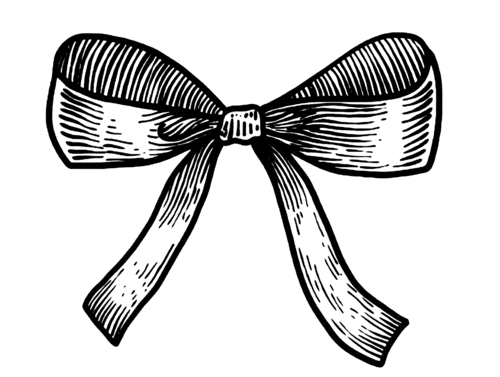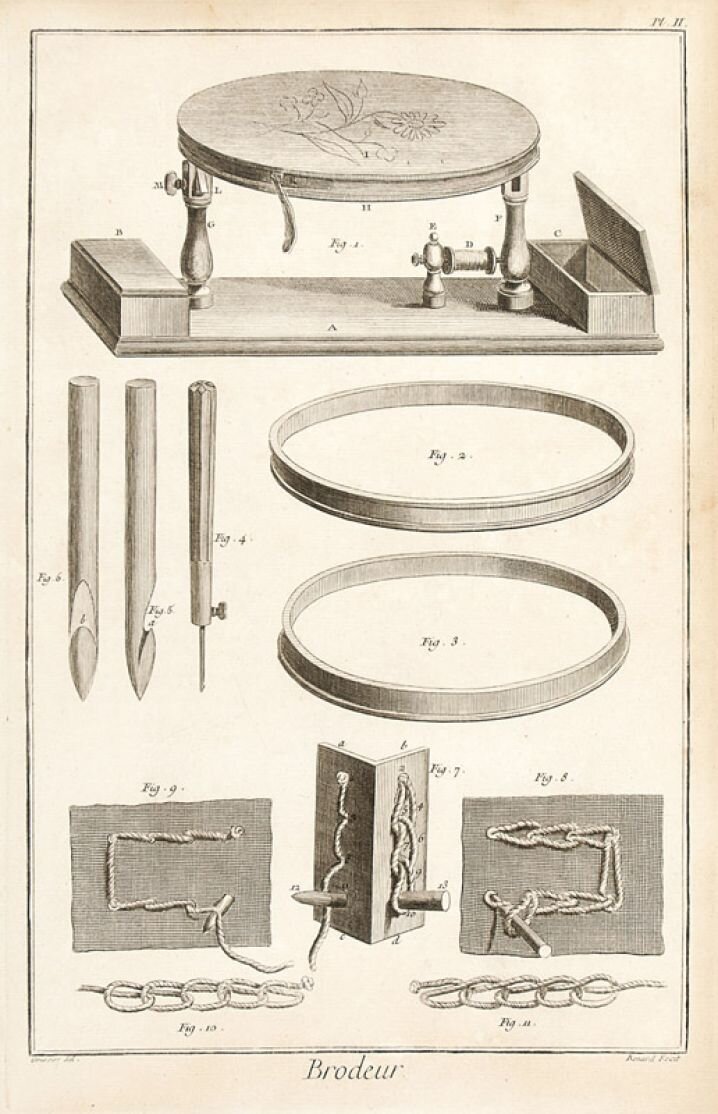From an Empress to a Marquis: The Origins of Haute Couture Embroidery
According to legend, the humble silkworm was discovered in China in 2,700BC by the Empress Xi Ling Shi and the techniques of silk manufacture were developed by her ladies-in-waiting. This was a fiercely guarded secret by the successive Chinese dynasties who held a monopoly on the luxurious silk fabrics and exquisite embroideries exported by land and sea along the Silk Road from 1000 BC. Eventually the secrets of silk production were revealed and they gradually spread across Asia, Africa and Europe.
Chinese silk embroidery became renowned and the embroiderers had developed a technique for embroidering with a frame and a hook which travelled across India and the Ottoman Empire where it was mastered by artisans along the way.
In the late 18th century it arrived in France via the port of Marseilles and eventually reached the Royal Court. Madame Pompadour, the official mistress of King Louis XV, embraced this new embroidery technique and it became known as the Point de Pompadour.
In the late 19th century the region of Lorraine was the centre for Broderie Blanche and the delicate white embroidery work from Nancy, Epinal and Lunéville was sold all over the world following the patronage of Queen Marie Antoinette and later the Empress Josephine. Broderie Blanche re-created the effects of traditional needlework lace using tambour embroidery which had been introduced into the ateliers in 1810.
In 1865 Louis Ferry Bonnechaux, the mayor of Lunéville, invented an ingenious technique that would exponentially increase the speed of tambour embroidery and literally turn the craft upside-down. Bonnechaux thought to string beads and sequins onto long pompons in advance rather than applying them one by one. He asked his embroiderers to turn their slate frames upside-down and apply the beads and sequins from the underneath, using the tambour hook on the surface to fix them in place with a chain stitch. The embroiderers began with transparent tulle and diaphanous organza, muslin and silk, allowing them to see each bead or sequin as it was applied. As Lunéville embroidery was mastered opaque fabrics were introduced, the embroiderers saw the chain stitch on the reverse of the fabric and felt the beads or sequins as they were applied one-by-one. Their finesse was revered and it was said that embroiderers of Lunéville had their eyes in their fingertips.







